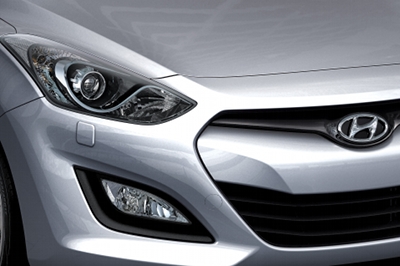 Hyundai’s single biggest-selling model enters its second generation with the release of an all-new i30. The first one was a massive success for Hyundai. We head to Napier – via Wellington – and then back to Wellington again (fog, delays, lots of time sitting in airport lounges…) to find out what it’s like.
Hyundai’s single biggest-selling model enters its second generation with the release of an all-new i30. The first one was a massive success for Hyundai. We head to Napier – via Wellington – and then back to Wellington again (fog, delays, lots of time sitting in airport lounges…) to find out what it’s like.
What is it?
A big deal for Hyundai in New Zealand. The i30 has been the volume-selling model in this country since its introduction in 2007. Its combination of good looks, decent handling and value for money always set it apart from the pack. The small hatch was also probably the first Korean car that really footed it with the Japanese opposition in every regard. In other words, it was the first Korean car that wasn’t just that little bit crap still…
Things have changed since then though, and Korean cars are now, in general very good things indeed. That means that the new i30 really needed to up its game this time round. And coming hot on the heels of the really very good indeed i40 wagon, the pressure really was on the little i30 to deliver.
This time around the i30 is available with a choice of two engines – a 94kW/260Nm 1.6-litre diesel or a 110kW/178Nm 1.8-litre petrol – two spec levels and either a six-speed manual or six-speed auto. The 1.8 replaces the 2.0-litre petrol in the previous car, while the 1.6-litre petrol model has drifted off into the ether, having effectively been replaced by the 1.6-litre Accent sedan and hatch. The entry level spec can be had with the petrol or diesel engine and either transmission, while the upper-spec Elite can be had with either engine as well, but only with the automatic transmission.
The entry level car comes with 16-inch alloy wheels, seven airbags, a full size alloy spare wheel, Bluetooth phone connectivity, manual air conditioning, “one-touch” indicators, cloth seats, cruise control, heated mirrors, a trip computer, leather steering wheel/gear knob, remote keyless entry, steering wheel audio controls and the full compliment of safety acronyms.
The Elite adds 17-inch alloy wheels, electric folding mirrors, leather seats, a ten-way power driver’s seat with lumbar adjustment, heated front seats, rain-sensing wipers, push button start with proximity key, a rear view camera, dual zone climate control, an electric park brake, rear park assist and automatic headlamps.
Hyundai NZ boss, Andy Sinclair expected i30 sales to take a small dip due to the fact that the 1.6 portion of i30 sales would now move to Accent and the fact that there wasn’t a wagon in the local line up. Yet. The distinctly i40-looking (i.e: very sexy…) wagon would appear sometime around September.
What’s it like?
Taken at first glance, the i30 is a handsome small car that is distinctly a modern Hyundai. This is both a good and a not so good thing, because while it is rather a good looking little car, it does suffer a bit from the thing that blights both Hyundai and Aston Martin, ie; the “Which one is it again?” curse. Which is a smart-arse way of saying they all look a bit the same…
Which ain’t actually all THAT bad, because recent European styled Hyundai’s have been very good looking things. And so it continues here. While still slightly over-styled around the grille, the i30 is a remarkably pleasing car visually. Hyundai’s “fluidic sculpture” that works so well on the larger i40, but not so well on the ever-so-slightly-smaller Accent translates to the i30’s proportions nicely.
There is a feeling of quality inside the well laid out cabin, with soft touch materials and decent quality plastics used. It has a distinctly European feel inside and the level of spec, even on the base entry-level model is impressive.
On the road the i30 continues to impress. The 1.8-litre petrol engine is willing enough, but the 1.6-litre turbo diesel is the star here, with its nicely placed chunk of torque. It is also remarkably quiet – in fact quieter than the petrol engine – and impressively refined.
Hyundai has debuted a new feature on the i30 which it calls “Flex Steer”. Basically a variable weighting system on the electric power steering, Flex Steer allows the driver to choose between Normal, Comfort and Sport settings, varying the weight accordingly.
What’s good about it?
Quite a lot. It looks good, goes well, handles impressively, is well specced and priced and is pretty much a damned good little car all round. The improvement in steering over other Hyundai models is particularly impressive, particularly when you consider that this has always been a traditional weakness for the brand. The vaguely distant feel and excessive rack rattle that even the impressive i40 slightly suffered from, finally seem to have been banished and this alone makes the i30 feel like easily the most accomplished car in the Hyundai line up.
As usual for a Hyundai, the level of standard spec, even on entry level cars, is admirably high, and the cabin is extremely well laid out and put together. It is also impressively quiet for a small car.
What’s not so good?
The petrol engine sounds ever so slightly strained under heavy acceleration, the Elite model has an electric parking brake (which admittedly allows more flexibility with the centre console, but is still as horrid as they always are…) and the dash lighting is a little bit “tokyo nightclub” with all its flashy blueness…
While the improvement in steering is impressive, the electrically-assisted power steering does still lack in feel and having the selectable three steering modes, while all well done, is a little gimmicky and unnecessary. But this is hardly a criticism. especially as you can just ignore it and still enjoy the car.
First impressions?
On paper and in the metal the i30 is an impressive entrant into the small segment. While it still lacks the ultimate polish and flair of the Europeans (namely Golf and Focus) it would seem to have what it takes to bring the fight right to the door of the Japanese members, so dominantly represented by the Corolla. And it simply destroys anything else made in its home country.
It looks great, is fun to throw around, is surprisingly comfortable and refined and is impressively frugal, especially the diesel. Climb up in the range to the Elite and you start getting equipment that you wouldn’t expect to see on a small car and that have previously been the domain of larger, more luxurious cars (heated seats, for example) In short, the i30 looks to be a standout in the ultra-competitive small car segment.
Forget all those “for a Korean car” caveats, in our short time with it the Hyundai i30 certainly seems to be a damn good car. Period.
Specifications
Models/prices
i30 1.8 manual (petrol) – $34,490
i30 1.8 automatic (petrol) – $35,990
i30 1.6 manual (diesel) – $38,490
i30 1.6 automatic (diesel) – $39,990
i30 Elite 1.8 automatic (petrol) – $39,990
i30 Elite 1.6 automatic (diesel) – $43,990
Powertrain
1.8-litre four-cylinder petrol producing 110kW/178Nm or 1.6-litre four-cylinder turbo diesel producing 94kW/260Nm; 6-speed manual transmission, 6-speed automatic transmission; front-wheel drive
Fuel consumption: 6.5L/100km (petrol man), 6.9L/100km (petrol auto), 4.5L/100km (diesel man), 5.6L/100km (diesel auto)
CO2 emissions: 156g/km (petrol man), 164g/km (petrol auto), 119g/km (diesel man), 147g/km (diesel auto)
Safety
ANCAP/EuroNCAP rating: Five stars
Air bags: 7
Stability control: Yes
Lap/diagonal belts: 5

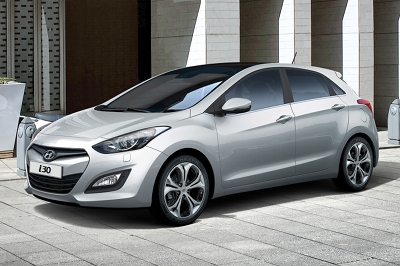
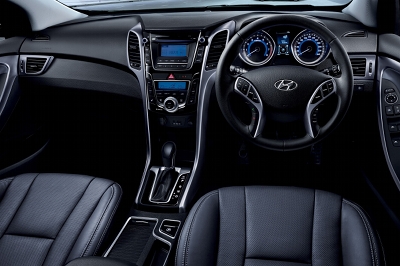
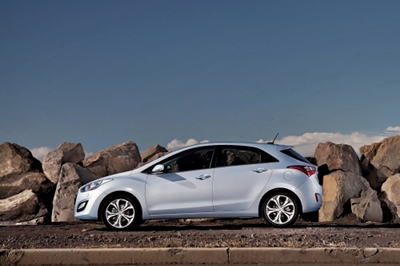
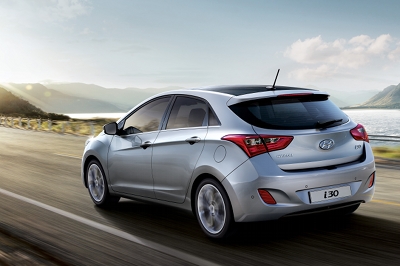
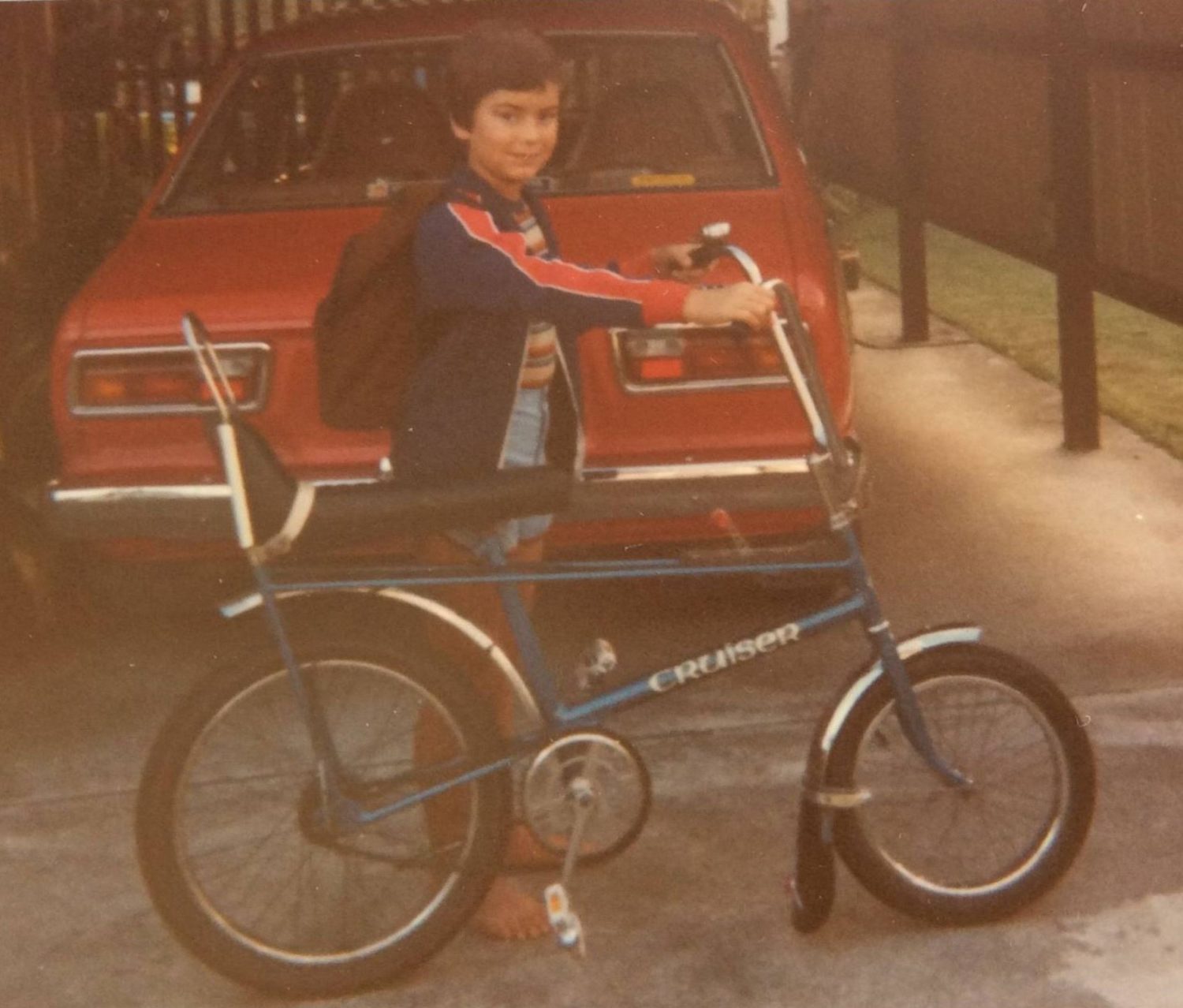
You must be logged in to post a comment.